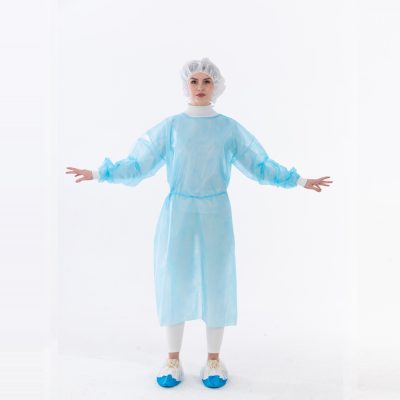No one questions whether healthcare workers need to wear personal protective equipment (PPE) to keep themselves safe from the coronavirus. In this time of the COVID-19 pandemic, experts believe that healthcare organizations should also proactively protect the mental health of their workforce.
At some point in the Covid-19 pandemic, healthcare workers are likely to experience some psychological stress, including: Increased risk of personal infection, illness, and death due to shared contact with Covid-19 patients Emotions, including nervousness and fear of being killed Deploying to deal with Covid-19 patient overwork and fatigue is incompatible with the “hero” or “angel” label. Publicizing patient deaths on a larger-than-usual scale, the lack of ability to heal the patient and the associated moral dilemmas, the stress of inadvertently spreading the pressure to others, including friends, family, and loved ones for lack of social support. During the Covid-19 pandemic, provide support and training to health care team staff on psychological factors of distress associated with the pandemic to use to enhance emotional resilience; promote adaptive coping (stress management education, encouragement of self-care, including regular breaks), identify at-risk groups and provide psychological interventions, and provide long-term support after the event to help deal with the long-term consequences. For frontline healthcare teams, providing peer mentorship and building team harmony and morale to combat fear, helplessness, and burnout is critical.
In this Covid-19 environment, protecting workforce safety must be the highest priority. No matter how large or well-prepared a healthcare facility is, the well-being of patients cannot be guaranteed without its team of staff. It is this that drives action to persist in the long-term attempt and promotion of psychological protection in the United States. In a similar fashion, if we don’t protect ourselves from the psychological consequences that accompany this work, we may also inadvertently and possibly intentionally compromise our intellectual health and well-being, both in the short and long term.
Based on pre-Covid-19 tech work on mental safety, we found three top priorities:
Safer expectations
Our expectations of ourselves and others are realistic, sincere and gentle. Our habitual mindset of striving for perfection, appreciating “heroic” self-sacrifice, and clinging to strict self-criticism is wrong at best, and may not be conducive to this harsh Covid-19 environment at worst. Protecting our patients is often important. With Covid-19, we should protect ourselves and our colleagues first. This may feel counterintuitive, but if we are not protected physically and psychologically, more people will get sick and our patients will be less likely to receive treatment and recovery.
Safer Conversations
Rather than lose face, we should have a clear understanding of the concerns and uncertainties we all feel. We should name and normalize these feelings, allowing each other to express and communicate about them. The key is to develop and embed safe areas, safe places, and safe methods that keep us out of the conversation in any other situation. On the basis of the human element and refining the methodology and fashion, we hope to change from a rational and objective approach to pre-briefing and reporting to one centered on human emotions and emotions.
Protective clothing (PPE)
We should consider and beautify our intellectual health as we operate in Covid-19 gadgets now and in the future. Just as we “no,” “take off,” and show our physical PPE, we need to test our (and others’) “mental PPE.” Together with the wider Academy of Wellness staff, we have begun to expand our knowledgeable talent development consultations to adorn self-care and resilience, and with luck, reduce burnout, moral harm, compassion fatigue and PTSD . This needs to be part of the core mandatory induction education for all worker teams (clinical and non-scientific). Even for those accustomed to a difficult ICU environment, it is important to acknowledge some of the unique elements of Covid-19: higher mortality rates, shifting groups and shifting styles, health risks and tensions in private and relative circles , unexpectedly – tailored home and remedies that are simultaneously scrutinized by the media and adored by the public.








